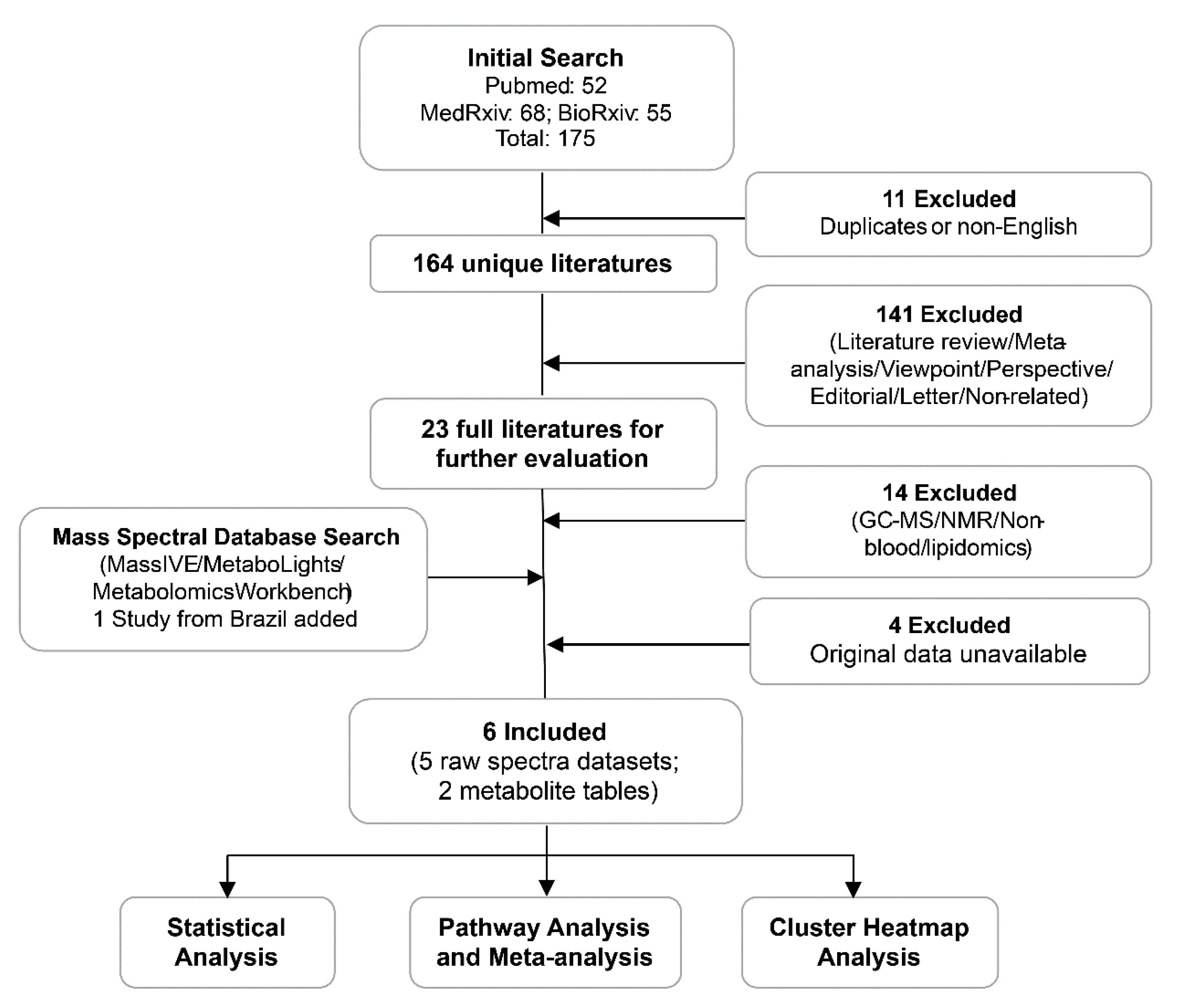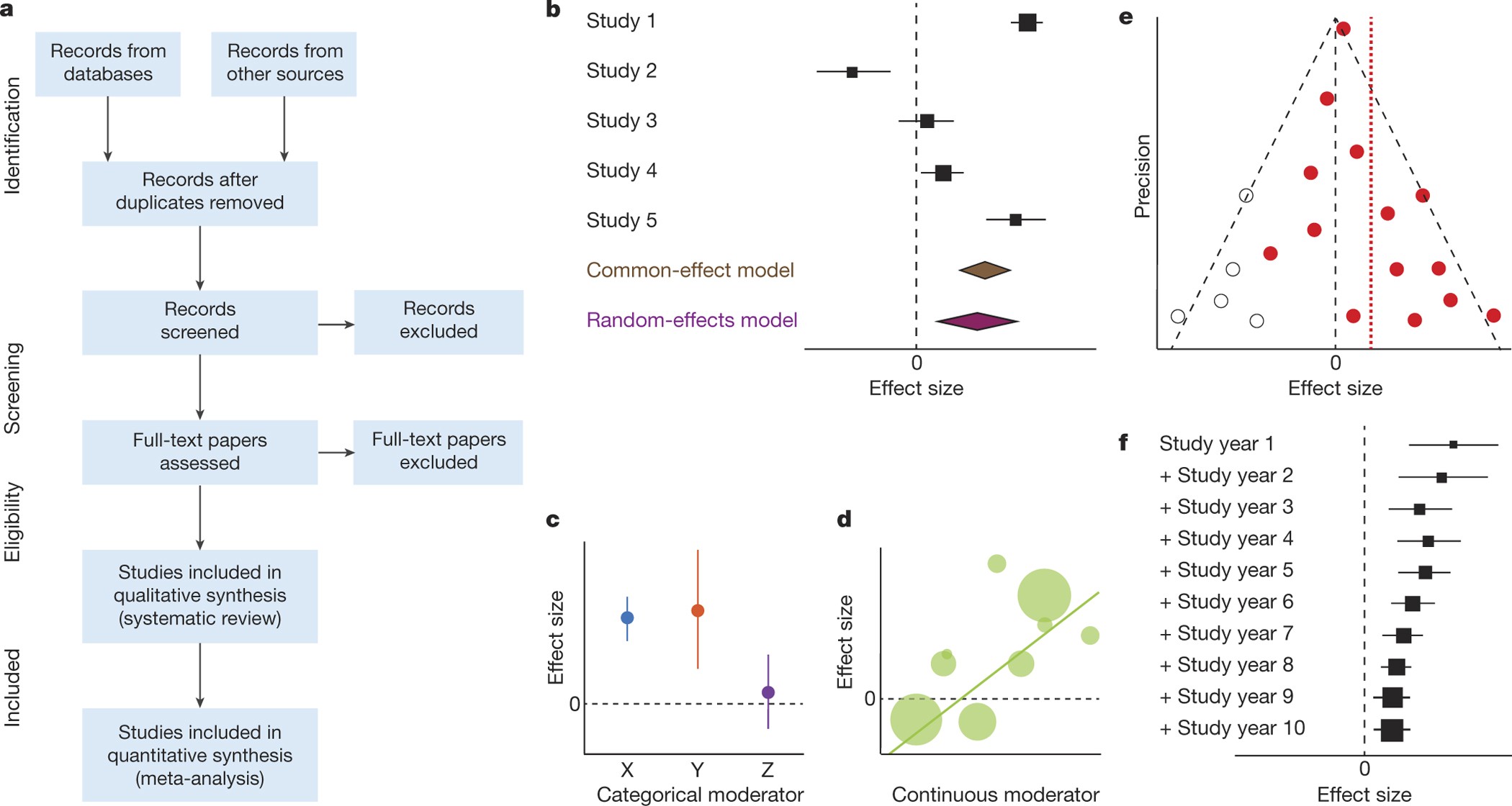

Convert individual study estimates to a common scale: Some information may not be available from the published literature and it is advisable forģ. The exposure, outcome and covariates used in the models and how they were defined (e.g., continuous, categorical with cut points for categories) and study characteristics, (e.g., study design, sample size, sample demographics, year of publication) should be extracted to assess study heterogeneity (Higgins and Deeks, 2011). The effect estimate and variance should be extracted to calculate the summary estimate (Higgins and Deeks, 2011). It is important to note that each study should only be represented once in the analysis, even though information for the study may be published over several papers (Higgins and Green, 2011). Once the final pool of relevant studies is identified, data must be extracted from the published literature. To achieve this comprehensive review, investigators identify specific search terms, utilize multiple databases, and establish well-defined inclusion and exclusion criteria to identify a final pool of relevant studies. A systematic review is primarily focused on identifying all of the available, relevant studies that are related to a specific and well-defined question of interest.

The first step in conducting a meta-analysis of AD is to conduct a systematic review. Conduct a systematic review of the literature: Steps of a Meta-Analysis of Aggregate Data:ġ. Additionally, researchers conducting the meta-analysis have very limited control over the data and have to interpret summary effects within the context of the heterogeneity that arises between the various study designs, model selections, analysis approaches, and variable categorizations of the original studies. Despite these advantages, meta-analyses of AD are subject to the effects of publication bias. This type of review is the most commonly used of the three quantitative approaches because it can be completed relatively quickly, it is low-cost, and the data it uses (information from published, full-text articles) is relatively easy to access (Blettner et al. Purpose: A meta-analysis of aggregate data (AD) uses statistical analyses to generate a summary (pooled) estimate using effect estimates of individual studies reported in the published literature.

The three primary quantitative methods of information synthesis include meta-analysis of aggregate data, meta-analysis of individual participant data (retrospective pooled studies), and prospectively planned pooled studies. Quantitative methods synthesize information across studies using statistical methods to generate summary estimates that generalize the findings of the individual studies. Qualitative reviews such as non-systematic narrative reviews and systematic reviews provide non-statistical overviews of the literature. The purpose of summarizing evidence across studies is to assess and investigate whether there is consistent or inconsistent evidence supporting specific exposure-outcome relationships and to examine sources of heterogeneity in studies that might yield differences in findings (Blettner et al.

The purpose of this page is to describe and compare and contrast three quantitative approaches-meta-analyses of aggregate data, meta-analyses of individual participant data (retrospective pooled studies), and prospectively planned pooled studies-and provide resources to support the adoption of these methods. Backed by research and supported by technological innovations developed at Harvard University, this process of learning through collaborative annotation keeps your students engaged and makes teaching easier and more effective. Perusall is an award-winning eBook platform featuring social annotation tools that allow students and instructors to collaboratively mark up and discuss their SAGE textbook. With ample coverage of literature searching and the technical aspects of meta-analysis, this one-of-a-kind book applies the basic principles of sound data gathering to the task of producing a comprehensive assessment of existing research.Īvailable with Perusall -an eBook that makes it easier to prepare for class The book is written in plain language with four running examples drawn from psychology, education, and health science.
#Comprehensive meta analysis method social science how to#
The Fifth Edition of Harris Cooper's bestselling text offers practical advice on how to conduct a synthesis of research in the social, behavioral, and health sciences.


 0 kommentar(er)
0 kommentar(er)
